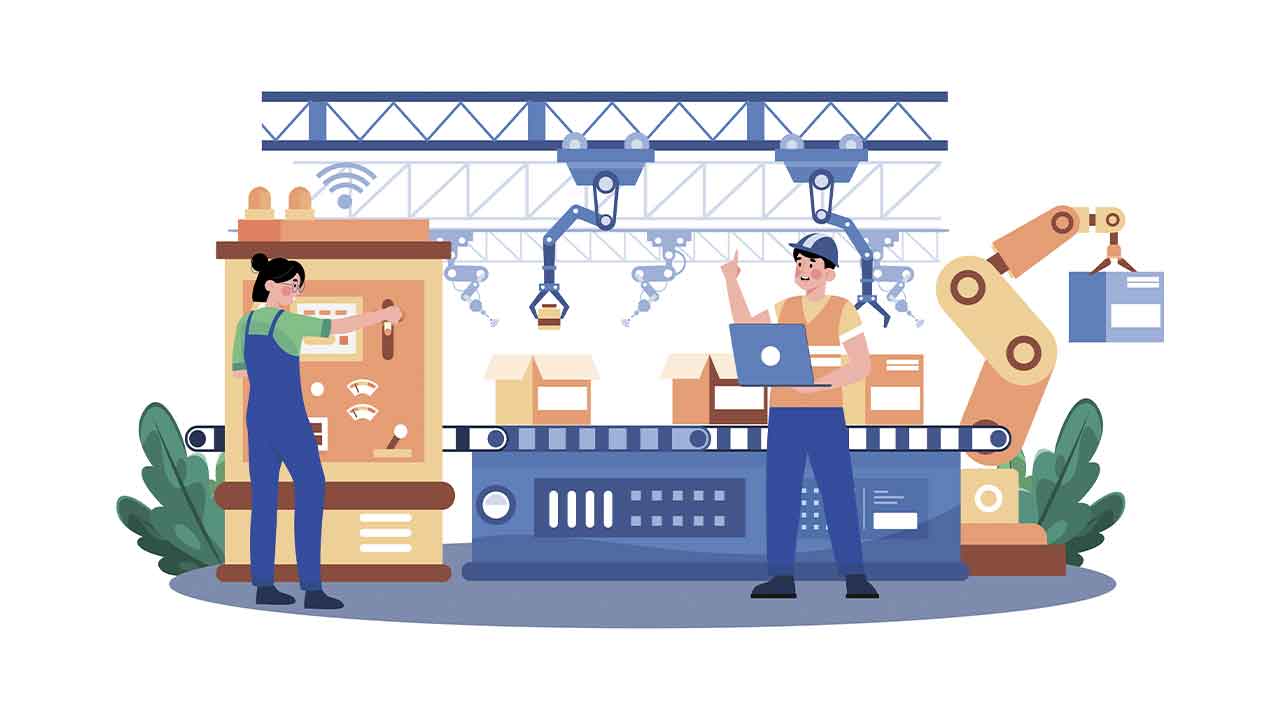The tech backbone creating the future of infrastructure
Connecting infrastructural ecosystems are driving smarter decisions and improving sustainable outcomes. Now we must use them to build resilient, future-ready nations, says Gary Wong, Global Segment Leader of Power, Utilities, and Infrastructure at AVEVA
The Indian state of Chhattisgarh understands ecosystems. Forests, for example, cover more than 40% of the 23,000-square-mile state. From trees to the smallest fungi, each element within the forest is intricately connected and helps balance the delicate biosphere. Just a single change—whether a rainstorm or the appearance of an invasive species—causes each organism to adapt and adjust, protecting its own health while continually ensuring the survival of the surrounding environment.
In much the same way, Chhattisgarh’s new capital operates a holistic ecosystem of digital systems. Leveraging cognitive city techniques, the planned city of Nava Raipur has unified smart governance, intelligent transport, utility management, urban surveillance, intelligent building management, and smart data centers into a cloud-based integrated command and control center (ICCC). Each team can view this interconnected critical infrastructure grid on a single screen. Workers can track and respond to incidents, match supply and demand more accurately, and make better decisions faster in emergencies. By just one measure, critical response time dropped 60% on average during the coronavirus crisis.
In essence, connected infrastructure transforms cities into high-performing ecosystems capable of tackling—and pre-empting—current and future challenges.
The rise of connected infrastructural communities
But why stop at cities? The technology can be scaled up to the national stage, or down to the community level.
We know actions in one geographic region have an effect in another area. States or provinces, for example, share resources and solutions for mutual benefit. In the case of infrastructural systems, an overloaded electricity grid in one area can impact water volumes elsewhere as pumping slows down.
When they have advance knowledge of those challenges through data monitoring and analysis, operators can act proactively before citizens are affected. Smart data also makes future planning easier at a time when infrastructure teams must rationalize growing demand with limited resources.
From country to community level, connected infrastructural ecosystems empower public authorities to operate more efficiently, respond in real time and grow sustainably, creating a better quality of life for their citizens and stakeholders.
Growing appetite for integrated infrastructure
Governments and administrators around the world are rapidly realizing the benefits of integrated infrastructure. A prime example is the growing trend for connecting utilities across borders to streamline operations and enhance efficiency.
The Federal-State Modern Grid Deployment Initiative, involving 21 US states, is a major step towards modernizing the power grid, boosting reliability and enhancing resource management. Across the Atlantic, the EU is linking energy systems; by 2030, each member nation should be sharing at least 15% of its electricity production with its neighbors. On a smaller scale, the World Economic Forum is encouraging industrial clusters—including in China, Indonesia, Ohio and Australia—to share resources, infrastructure and risks to maximize economic and environmental value en route to net zero.
As we know from Nava Raipur’s success, such infrastructural integration depends on a digital backbone.
Leveraging data for growth amid resource constraints
Data is a nation’s most valuable asset. It is now being collected from multiple infrastructure points—traffic, energy grids, utilities. Infusing it with artificial intelligence (AI) in the cloud enables businesses to optimize their operations in real time. Centralizing this information, such as in an integrated command-and-control center, facilitates smoother collaboration and closer interaction among different sectors. Each team can access the insights it needs about partner operations and understand its impact on the ecosystem, supporting better decisions, lowering operational costs and using fewer resources across connected geographies.
Qatar’s innovative use of digital systems demonstrates the value of data-driven infrastructure across multiple utilities.
First, its Ashghal public works authority integrated traffic management using an industrial software platform, reducing incident response times by 40% during the FIFA 2022 World Cup and easing congestion. Nearby, Qatar Power tackles challenges like climate change and resource demand with a suite of data management and operations control software hosted in the cloud. Since onboarding the system, 10% fuel efficiency has saved $1.4 million annually. It has also saved $1.3 million in margins on seawater, its main resource. And on a local level, the Qatar Foundation’s Education City achieved a 5.5% reduction in campus energy use through data-driven decisions, thanks to real-time monitoring and centralized operations control.
Together, these connected systems form the basis of a digital backbone, setting the stage to unlock infrastructural synergies. For example, integrating security monitoring and traffic data into the system can shorten emergency response times and improve public safety for Qatar Foundation. Likewise, knowing when power demand is low can help Ashghal carry out non-essential maintenance without straining the grid. Scaled up to a national scale, the next step could be a Connected Qatar.
Building the connected country of the future
By connecting assets like water, power, and urban systems within a unified digital ecosystem, countries can fast-track strategic goals such as decarbonization, developing sustainable cities, and creating industrial innovation ecosystems for new economic sectors, such as for green hydrogen. Bringing together multiple stakeholders onto a centralized platform boosts efficiency, resilience and innovation across the entire public sector, driving down costs and reducing resource use.
Earth Overshoot Day, which we hit on August 1 this year, warns that we’re living beyond the planet’s means. However, by leveraging data to cut consumption and costs, we unlock capacity for economic expansion, housing, and sustainable growth in the face of resource bottlenecks.
We see this 360-degree statewide single perspective driving more efficient reporting and extending equipment life, leading to 30% energy reduction and emissions cuts, a 75% increase in renewable energy use, waste reductions of 50%, while overall carbon emissions could drop 30%, enabling a better, brighter future for Qatar.
Just like in a forest ecosystem, where plants, animals, and microorganisms work in harmony to adapt to changes, networked systems in a connected country synchronize and respond dynamically to emerging needs and evolving conditions.
When governments, businesses, institutions and suppliers collaborate using the same shared information, data and insights, we can build more efficient nations. The success stories of Qatar, Nava Raipur, and others such as Singapore, demonstrate how integrated infrastructure can support national development goals even as resource scarcity grows.
By creating these integrated infrastructural networks, we create resilient, sustainable communities capable of meeting future challenges head on.
Related articles:



